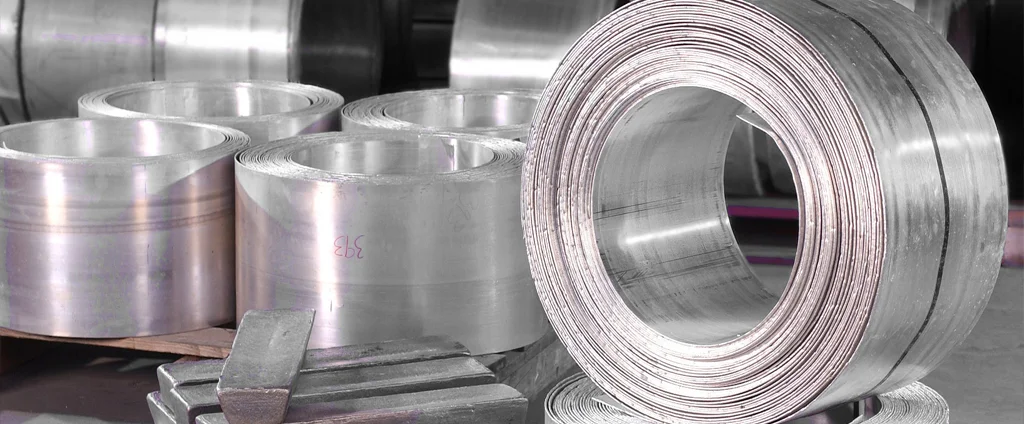Magnesium AZ31B-H26 (UNS M11311)

AZ31B-H26 is a high-strength, lightweight magnesium alloy featuring a partially annealed and strain-hardened microstructure. Its excellent strength-to-weight ratio makes it ideal for diverse applications across aerospace, automotive, and electronics industries, providing durability and efficient heat dissipation in critical components.
| Chemical Composition | ||
|---|---|---|
| Element | Min | Max |
| Magnesium | —— | Remainder |
| Aluminum | 2.5% | 3.5% |
| Calcium | —— | 0.04% |
| Copper | —— | 0.05% |
| Iron | —— | 0.005% |
| Manganese | 0.2% | —— |
| Nickel | —— | 0.005% |
| Silicon | —— | 0.1% |
| Zinc | 0.6% | 1.4% |
The following table provides a list of magnesium AZ31B-H26 properties in both SI and US customary/Imperial units.
Click on the button to switch between Metric and Imperial units.
| Physical Properties | Metric |
|---|---|
| Density | 1770 kg/m3 |
| Mechanical Properties | Metric |
| Tensile Strength (Ultimate) | 275 MPa |
| Tensile Strength (Yield) | 190 MPa |
| Compressive Strength (Yield) | 130 MPa |
| Bearing Strength (Ultimate) | 495 MPa |
| Bearing Strength (Yield) | 275 MPa |
| Shear Strength | 190 MPa |
| Young’s Modulus (E) | 45 GPa |
| Shear Modulus (G) | 17 GPa |
| Elongation at Break in 50 mm | 10% |
| Poisson’s Ratio (ν) | 0.35 |
| Machinability | 100% |
| Thermal Properties | Metric |
| Melting Point | 605 - 630 °C |
| Solidus | 605 °C |
| Liquidus | 630 °C |
| Thermal Conductivity | 96 W/m·K |
| Specific Heat Capacity (Cp) | 1000 J/kg·K |
| Coefficient of Thermal Expansion (αL) | 26.0 1/°C |
| Heat of Fusion | 340 J/g |
| Electrical Properties | Metric |
| Electrical Resistivity | 9.20×10-6 Ω·cm |
The values in this table are approximate and can vary depending on various factors such as the specific manufacturing process and heat treatment applied to the alloy.
Advantages & Disadvantages of Magnesium AZ31B-H26
| Advantages | Disadvantages |
|---|---|
| Lightweight | Limited temperature resistance |
| Good strength and rigidity | Susceptible to corrosion in the presence of moisture |
| Good machinability | Higher cost compared to some other alloys |
| Good heat dissipation properties | Prone to stress corrosion cracking in certain environments |
Applications of Magnesium AZ31B-H26
Magnesium AZ31B-H26 is widely utilized across multiple industries, offering lightweight strength and durability in key components, including:
- Aerospace industry: Used in aircraft components such as seats, cabin interiors, instrument panels, and structural elements due to its lightweight characteristics.
- Automotive industry: Employed for lightweight structural parts including engine components, gearbox casings, and steering columns to enhance fuel efficiency.
- Consumer electronics: Incorporated into laptops, tablets, and smartphones, aiding slim design and effective thermal management.
- Sports equipment: Applied in bicycle frames, golf club heads, tennis racquets, and other gear where weight reduction and durability are essential.
- Medical devices: Used in biodegradable temporary implants that safely degrade as the body heals.
- Industrial machinery: Utilized in gears, housings, brackets, and tooling requiring a balance of strength and low weight.
